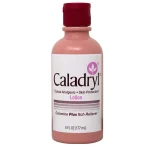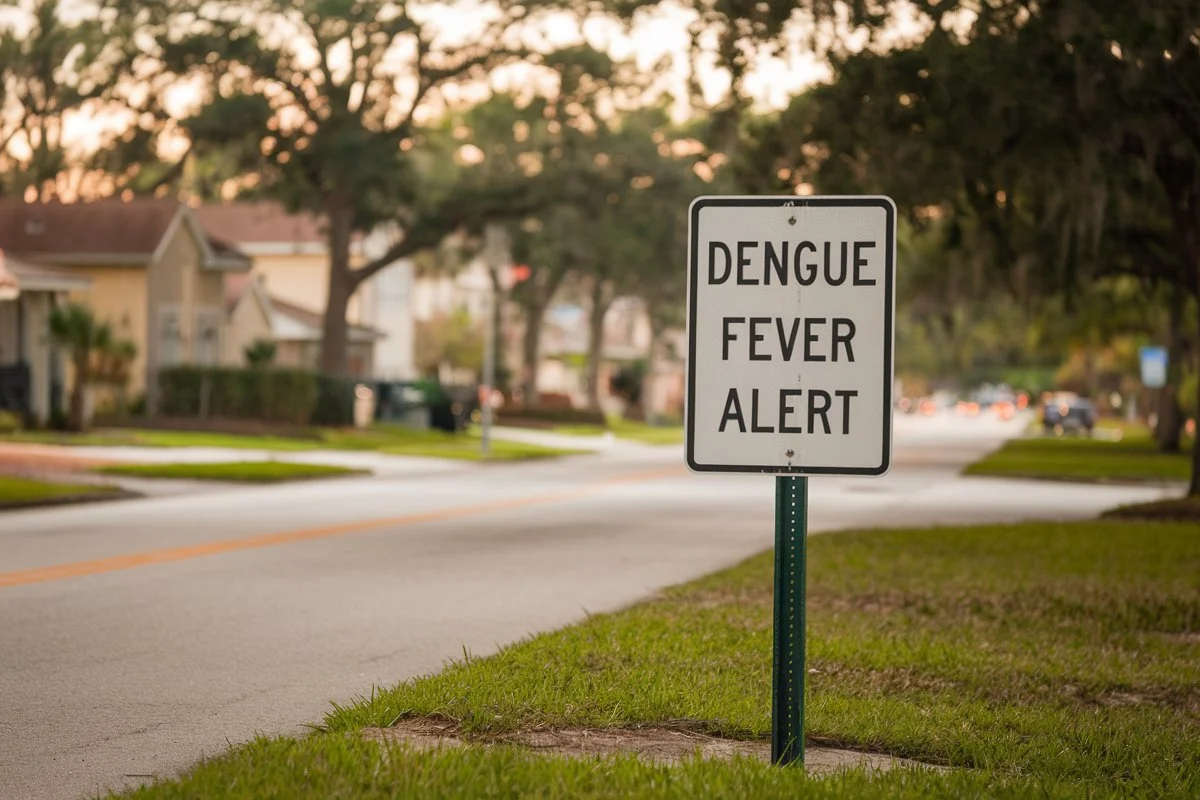Understanding Snack Labels
Sweet snacks are a beloved indulgence for people of all ages. From candy bars to cookies and packaged desserts, these treats often come with colorful packaging that grabs your attention. But behind the enticing designs lies a wealth of information in the form of the food label. Understanding sweet snack food labels can help you make informed decisions, balance your diet, and enjoy your favorite snacks responsibly. By decoding the nutritional details, ingredients, and serving sizes, you can satisfy your cravings while maintaining a healthier lifestyle.
In this article, we’ll guide you through the key components of sweet snack food labels, what to look for, and how to interpret the information for healthier snacking choices.
Why Are Food Labels Important?
Food labels provide vital details about a product’s nutritional content, ingredients, and potential allergens. They, therefore, empower consumers to:
- Compare products for healthier choices.
- Understand portion sizes and calorie counts.
- Identify allergens or ingredients that may cause dietary restrictions.
- Monitor intake of sugars, fats, and other key nutrients.
For sweet snacks, labels are especially important because they help you assess sugar content, calories, and the presence of artificial additives.
Key Components of a Sweet Snack Food Label
1. Nutrition Facts Panel
The Nutrition Facts panel is a standardized box found on most food packages. For sweet snacks, pay close attention to the following sections:
Serving Size and Servings Per Container
- The serving size indicates the portion on which the nutritional information is based. For example, a cookie package may list a serving size as “2 cookies,” even though the package contains 10.
- Always check the number of servings per container to avoid underestimating your intake.
Calories
- The calorie count reflects the energy you get from one serving of the snack. Sweet snacks tend to be calorie-dense, so it’s essential to keep track of portions to avoid overconsumption.
Total Sugars and Added Sugars
- Total Sugars: Includes naturally occurring sugars (like in fruits) and added sugars.
- Added Sugars: Specifically refers to sugars added during processing, such as high-fructose corn syrup or cane sugar. The FDA recommends limiting added sugars to less than 10% of your daily calorie intake.
Fat Content
- Look at the breakdown of total fat, saturated fat, and trans fat. For sweet snacks, saturated fat (from butter or oils) and trans fat (from hydrogenated oils) are key components to monitor.
Sodium
- Although sweet snacks aren’t typically salty, sodium can sneak into processed treats. High sodium levels may contribute to health concerns like high blood pressure.
Other Nutrients
- Fiber, protein, and vitamins/minerals are additional details on the label. While sweet snacks aren’t usually nutrient-dense, some fortified options provide small amounts of beneficial nutrients.
2. Ingredients List
The ingredients list provides insight into what the snack is made of, listed in descending order by weight. For sweet snacks, common components include:
- Sugar and Sweeteners: Look for cane sugar, glucose syrup, honey, or artificial sweeteners.
- Fats and Oils: Ingredients like palm oil, butter, or shortening contribute to texture and flavor.
- Additives and Preservatives: These include colorants, flavor enhancers, or stabilizers to improve shelf life.
Avoid snacks where sugar or syrups are the first ingredient, as this indicates a very high sugar content.
3. Allergen Warnings
Sweet snacks often include common allergens such as nuts, dairy, soy, or wheat. The label will have a “Contains” or “May Contain” section to identify potential allergens. Furthermore, understanding sweet snack food labels is crucial for individuals with food sensitivities or allergies, as it helps them avoid harmful ingredients and make safer choices..
4. Claims on the Packaging
Marketing claims such as “low-fat,” “sugar-free,” or “made with real fruit” can be misleading. Here’s how to interpret them:
- Low-Fat: May still contain high amounts of sugar or calories.
- Sugar-Free: Uses artificial sweeteners, which may not be suitable for everyone.
- Made with Real Fruit: Often implies a small percentage of fruit puree or concentrate rather than whole fruit.
Always verify these claims by checking the Nutrition Facts panel and ingredients list.
How to Choose Healthier Sweet Snacks
While sweet snacks are often considered indulgent, it’s possible to make smarter choices:
- Check Portion Sizes: First, stick to the recommended serving size to manage calorie and sugar intake.
- Compare Labels: Additionally, opt for snacks with lower added sugar, fewer calories, and minimal artificial ingredients.
- Prioritize Fiber and Protein: Moreover, some snacks include whole grains or nuts, offering better satiety and nutritional benefits.
- Limit Artificial Additives: Finally, look for simpler ingredient lists with fewer preservatives and synthetic ingredients.
The Importance of Moderation
Sweet snacks can be part of a balanced diet if consumed in moderation. Use the food label to assess how the snack fits into your overall daily intake. For instance:
- Balance a sugary treat with lower-sugar meals throughout the day.
- Pair sweet snacks with a source of protein or fiber (like yogurt or nuts) to improve satiety and prevent blood sugar spikes.
FAQs
What should I look for first on a sweet snack food label?
Start with the serving size and total sugar content. These details help you gauge how much of the snack fits into your diet.
Are natural sweeteners healthier than added sugars?
Natural sweeteners like honey or agave may have trace nutrients, but they still contribute to total sugar intake. Consume them in moderation.
How can I identify hidden sugars on a label?
Look for terms like sucrose, glucose, corn syrup, and molasses in the ingredients list. In addition, these are all forms of added sugars.
What does “no artificial flavors” mean on sweet snack packaging?
This means the product uses natural flavoring agents instead of synthetic chemicals, but it doesn’t necessarily indicate a healthier product.
Are “reduced-fat” sweet snacks better for you?
Not always. Reduced-fat options often compensate with added sugar or sodium to maintain flavor.
Can I trust “organic” sweet snacks to be healthier?
Organic snacks may avoid synthetic ingredients, but they can still be high in sugar, fat, or calories.
Conclusion
Understanding sweet snack food labels is essential for making informed dietary choices. By decoding the Nutrition Facts panel, ingredients list, and allergen warnings, you can enjoy your favorite treats without compromising your health goals. Moreover, remember that moderation is key—balance indulgence with mindful eating to savor the sweetness responsibly.
Enjoy your snacks; however, let the label guide you towards smarter, healthier decisions!
See Also











